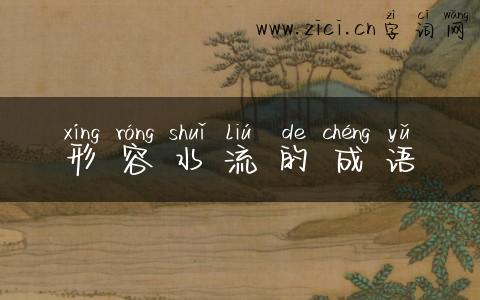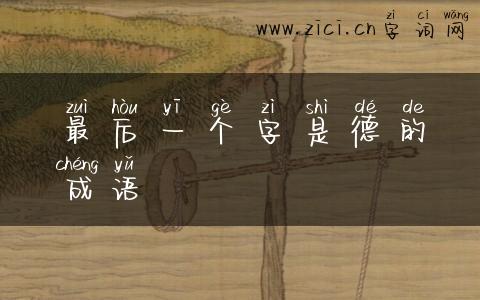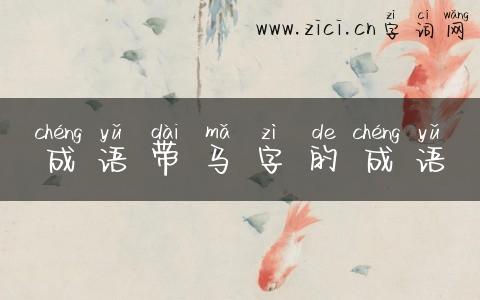成语故事英语版:传承中华智慧,点亮英语学习之路
In the realm of language learning, the fusion of Chinese idioms and English storytelling presents a unique and engaging approach. This article aims to explore the concept of "idiom stories in English," highlighting its significance in language acquisition and cultural exchange.

Understanding the Concept
"Idiom stories in English" refers to the practice of incorporating Chinese idioms into English narratives. This innovative method not only enhances language proficiency but also deepens cultural understanding. By embedding idioms within the context of a story, learners can grasp the essence of these expressions and their cultural significance.
The Benefits of Idiom Stories
-
Enhanced Language Skills: Idioms are an integral part of both Chinese and English languages. By incorporating them into stories, learners can improve their vocabulary and sentence structure. This approach encourages active learning and encourages learners to think critically about the language.
-
Cultural Exchange: Idioms are deeply rooted in culture. By exploring idioms in English, learners gain insights into the cultural values and traditions of English-speaking societies. This fosters a deeper appreciation for diverse cultures and promotes global understanding.
-
Engaging Learning Experience: Idiom stories offer an engaging and entertaining way to learn. The narrative structure captures the imagination of learners, making the learning process more enjoyable and memorable.
Case Studies
-
"The Tortoise and the Hare": This classic fable can be adapted to include Chinese idioms. For example, instead of the phrase "slow and steady wins the race," the story can be retold using the Chinese idiom "龟兔赛跑,稳中求胜" (The tortoise and the hare race, victory lies in stability).
-
"The Great Wall of China": This historical narrative can incorporate Chinese idioms related to the construction of the Great Wall, such as "众志成城" (unity makes the wall strong) and "持之以恒" (perseverance).
Conclusion
Incorporating "idiom stories in English" into language learning programs is a powerful tool for enhancing language proficiency and cultural exchange. By embracing this innovative approach, learners can embark on a journey of discovery, unlocking the wisdom of Chinese idioms and enriching their English language skills.
本文由“字词网”收集、整理,素材仅供研究、学习。考订注释若有误,欢迎反馈。转载请注明出处:https://www.zici.cn/chengyu/524714.html










